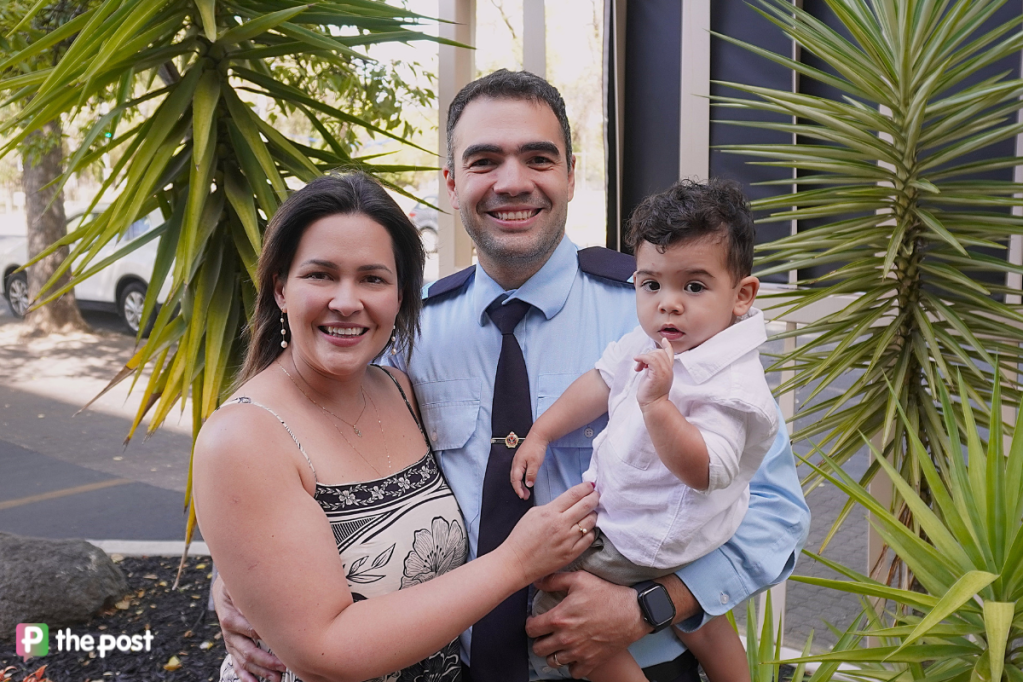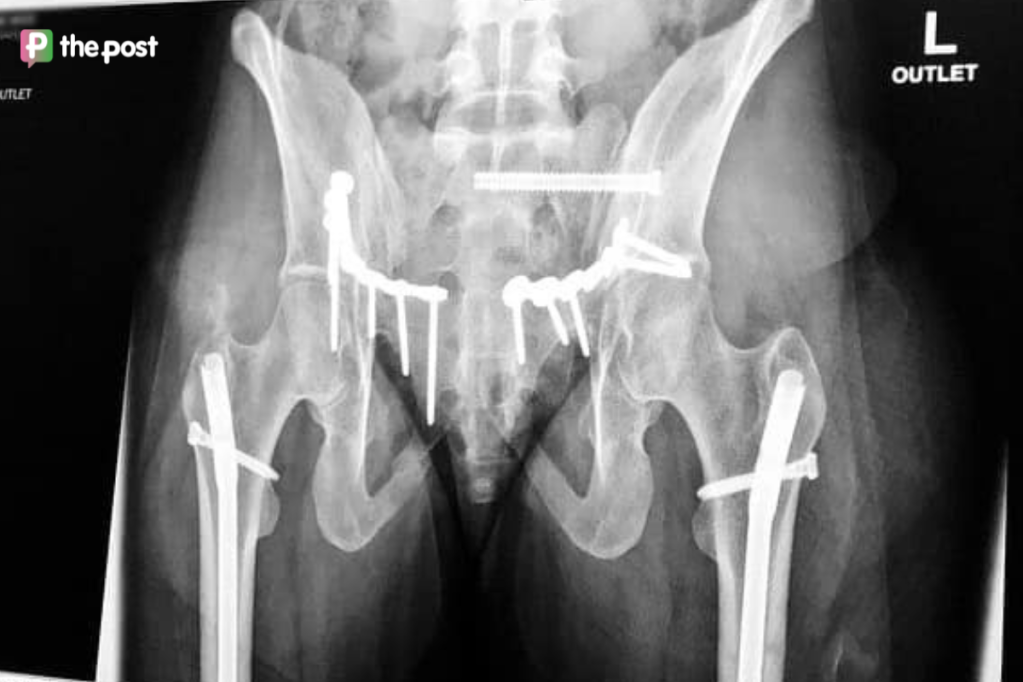Big four banks cut fixed mortgage rates ahead of RBA

NAB has become the first big bank to cut fixed-interest mortgage rates, following challenger Macquarie, as expectations of an impending Reserve Bank rate cut grow.
Rate tracking by comparison site Canstar shows NAB dropped fixed rates by up to 0.25 percentage points for owner-occupiers and up to 0.3 percentage points for investors on Monday.
The move was likely to spur competition from other banks to start cutting rates as lenders tried to entice customers to fixed mortgages, given the latest data showed more than 97 per cent of new loans were variable, Canstar data insights director Sally Tindall said.
“We’d hope to see competition really ramp up in that space as we get towards a cash rate cut, and then potentially onto the next one,” she said.
Wholesale funding is already starting to ease slightly and traders are pricing in an almost 95 per cent chance the central bank will slash the cash rate by 25 basis points on February 18, after its next two-day policy meeting.
Macquarie was the first lender to cut fixed-rate mortgages in 2025, reducing its one- to three-year fixed-rate mortgages by up to 0.16 percentage points in January.
You might like
Tindall expected competition for variable rate mortgages to heat up once the Reserve Bank had delivered its first cuts.
“We expect the big four banks in particular to pass on cash rate cuts in full, at least for the first couple of cash rate cuts,” she said.
“But we might even see some banks choose to pass on even more to new customers in order to take advantage of that re-engagement for borrowers in what a competitive rate looks like.”
NAB’s cuts bring it into line with Westpac, offering the lowest one-year fixed rate among the big four banks at 6.09 per cent.
ANZ is still offering the lowest two- and three-year fixed rates, both at 5.74 per cent.
Despite the reduction in fixed rates, the preference for most borrowers remains variable rate mortgages, given the outlook for up to as many as five interest rate cuts this year, if the most optimistic predictions of NAB economists are accurate.
Stay informed, daily
But other economists, including those at ANZ, have predicted as few as two cuts.
The depth of the RBA’s cutting cycle could determine whether variable or fixed rates are more suited to borrowers.
“On ANZ’s forecast, that [two-year] fixed rate term is going to come out come out ahead, whereas on NAB’s cash rate forecast, the variable option will come out ahead,” Tindall said.
The last time the RBA cut rates, at the start of the Covid-19 pandemic, not one big bank passed it on to existing variable rate customers.
Economic conditions were very different then. Pandemic support meant people’s purchasing power remained high and borrowers were able to draw on healthy savings buffers to make their repayments.
“This time around, there’s a lot of borrowers across the country that have been crippled by higher rates and are absolutely hanging on by the skin of their teeth for that first cash rate cut in particular,” Tindall said.
Meanwhile, retail spending edged down 0.1 per cent in December, the Australian Bureau of Statistics reported on Monday. But it was stronger than expected given the November figures were boosted by Black Friday sales.
Sean Langcake, head of macroeconomic forecasting for Oxford Economics Australia, said there were signs that consumer spending was turning for the better.
“The economy has moved past the peak in policy settings and is starting to gain some momentum,” he said.
“If the RBA are still concerned about underlying inflation pressures, these data could be read as a sign the economy does not need immediate support in the form of a February rate cut.”








